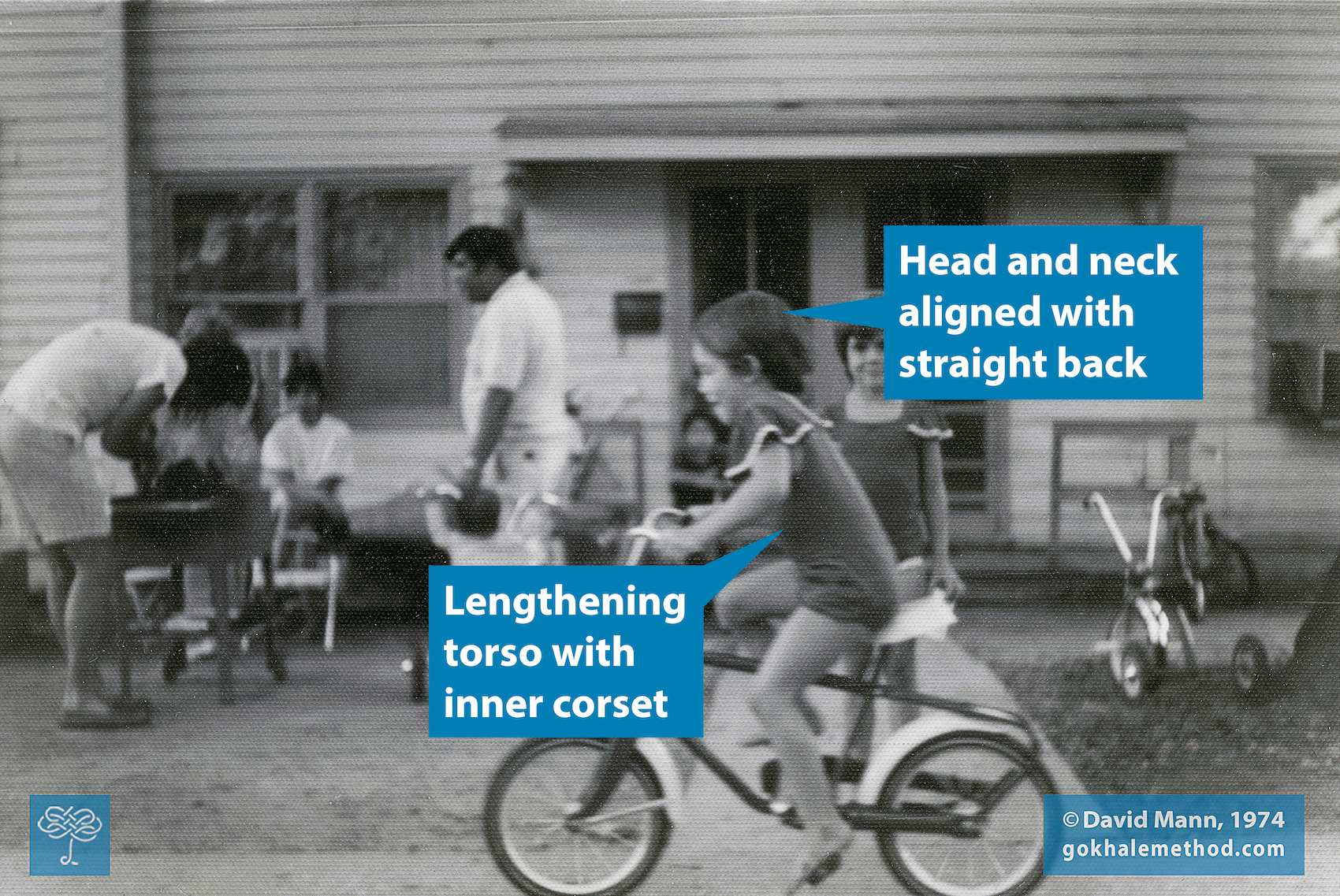How to Beat Neck and Shoulder Pain While Cycling (Cycling for Everyone, Part 2)
Respecting the Neck: The Eyes Have It
My passion for researching posture has taken me far and wide. I was in a village in Burkina Faso in western Africa when I first noticed how people there would track the conversation from speaker to speaker mainly by using their eyes, rather than by turning their heads. Along with their excellent body posture it contributed to a strikingly well-centered, dignified bearing.
This young man in Burkina Faso demonstrates the dignified bearing that comes with an appropriate amount of eye tracking.
Comparing what I saw in Burkina Faso with what I was used to seeing back home, I realized that in the US, and the wider industrialized world, we move our eyes a good deal less and our necks a good deal more
Posture Differences in Elite and Plebeian Ancient Egyptians
This famous bust of Nefertiti (c. 1370 – c. 1330 BC) exhibits a forward-protruded head. Original image courtesy Wikipedia user Philip Pikart under CC-BY-SA 3.0.
In my travels, I enjoy visiting museums. In a concentrated space and in a short few hours, I am able to travel back in time and over large distances, and compare people from different cultures. What a remarkable gift from the craftspeople of the past!
Many museums have a well-developed Egyptian collection. The Egyptians’ expertise in preserving their dead as well as the dry Egyptian climate has yielded a bounty of specimens from the distant past. Egyptian artifacts are often spectacular and modern audiences are drawn to Egyptian
Improving Your Neck Placement: a New Metaphor
Note the forward head and neck placement of both these High Street pedestrians. This usually results from tucking the pelvis (see the man (right)), but can also become a habit independent of pelvic position (see woman (left)).
Here our Bristol teacher Clare Chapman has digitally edited the photo to demonstrate how different healthier posture can look. Compare these subjects’ edited neck placement and spinal curvature with that in the original picture.
Metaphors can be powerful tools for learning new kinesthetic pathways. A metaphor packages a picture (which, we all know, can be worth 1000 words!) as well as some helpful verbiage. The Gokhale Method uses metaphors liberally, and it often takes


